Peer into the glass frogs of Costa Rica
Yellow-flecked Glass Frog at Rio Macho Forest Reserve
The many frog species of Costa Rica come in a wide variety of colors - but one species has no color at all. Known as the glass frog, this tiny amphibian is known for its translucent skin that allows people to see its inner organs.
Where to See It
The glass frog has a wide range, making its home in Mexico, Central America, Ecuador, Colombia, Venezuela, Guyana, Suriname and French Guiana. This critter is particularly prevalent in Costa Rica and Panama, making it a symbol of amphibian life in those countries. In Costa Rica, the glass frog is most commonly spotted in Tortuguero National Park and La Selva Protected Zone as well as Caño Island Biological Reserve. Typically, these animals make their homes in areas with rapid streams. They usually live in the forest - both at ground level and in the treetops - but have also been known to inhabit cleared areas.
Translucent Frog
Although the glass frog family is actually divided into 13 separate species, each shares several unique physical characteristics. What sets them apart from other amphibians is their unique coloration. In general, most glass frogs have a lime green tint, but their skin - particularly the skin of their abdomens - is translucent. This allows human observers to see inside the frogs' bodies, giving them views of the animals' hearts, livers, digestive tracts and more.
Perfect Camouflage
This semi-transparency plays an important role in the glass frog's life cycle. Predators often have a difficult time seeing these amphibians, as the frogs blend into their environment. In addition, the greenish tint of their bodies and the yellow color of their feet help camouflage them against the green and yellow leaves where they make their home. The size and shape of the glass frog's body also plays a part in its camouflage abilities. Its body is generally flat and measures just one inch long, allowing it to cling closely to leaves and avoid detection.
While the glass frog may be most famous for its translucent skin, its reproductive practices have also drawn the attention of the scientific community. During breeding season, male frogs eschew their camouflage and make loud peeping sounds in an attempt to attract females. Once two frogs have mated, the female deposits her eggs on a leaf hanging over a rushing stream. When the eggs hatch, the tadpoles fall from the leaf into the flowing water, allowing them to swim in an environment that fosters their growth into adult frogs.
7 Days / 6 Nights
Starting at $978 per person
10 Days / 9 Nights
Starting at $1,440 per person





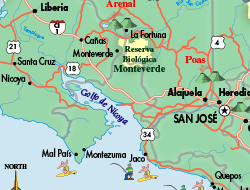
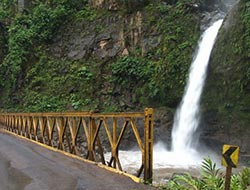

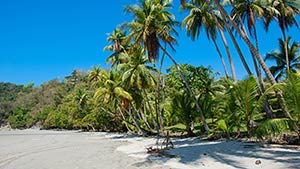
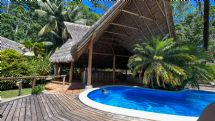
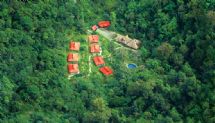




.jpg)


